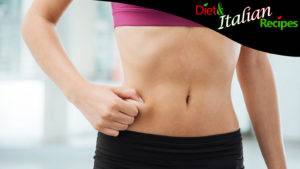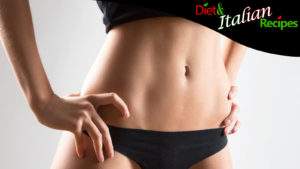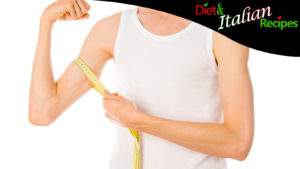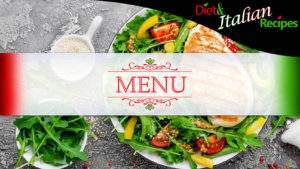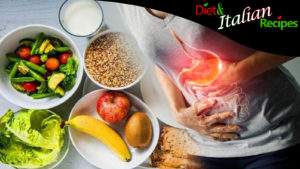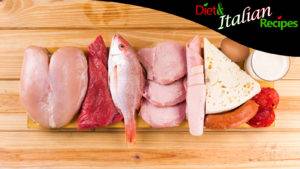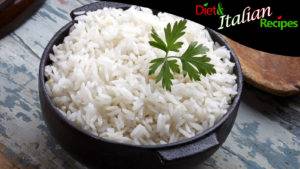The Zone Diet was created by researcher Barry Sears with the aim of developing a balanced, low glycemic index meal plan. It is considered a high-protein diet, with a balance of carbohydrates and fats, with meal portions regulated by a 40-30-30 proportion. The Zone diet works with the block method, hand method, or point method, without counting calories but paying attention to grams. Below are the benefits, contraindications, and all the interesting details about the Zone Diet for athletes. Calculate your daily protein requirement here! Discover examples of recipes, lunch, dinner, and snacks according to the principles of the Zone diet, which is quite different from the Mediterranean diet.
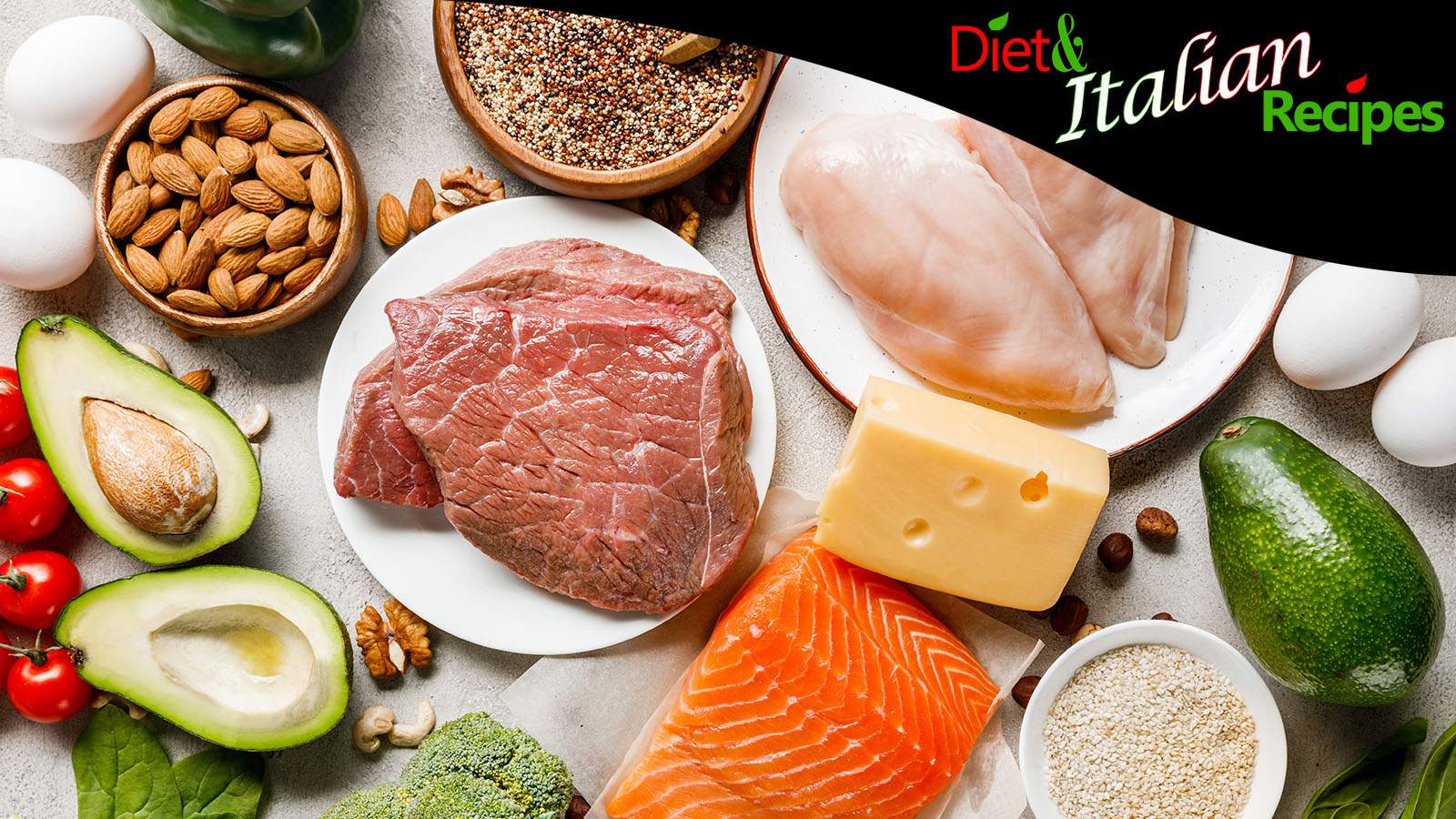
What is the Zone Diet and what are the benefits?
The Zone Diet was created by Barry Sears, a scholar who wanted to develop a diet focused on eicosanoids, hormones that, in the right balance, can ensure well-being, health, and control blood sugar. According to Barry Sears, the balanced amount of eicosanoids is produced by adopting the 40-30-30 rule, which means a macronutrient balance of 40% carbohydrates, 30% fats, and 30% proteins in both main meals and snacks.
It is a diet specifically designed for athletes, which is why it is called the Zone Diet because “this term, for athletes, identifies that state of physical and mental fitness in which it is possible to improve performance. It is a difficult condition to achieve, but when achieved, in slang terms ‘you are in the zone,’ it represents the ideal state for the body” specifies Melarossa.
The Benefits
- Reduced incidence of chronic diseases associated with metabolic syndrome, such as cardiovascular diseases, type 2 diabetes, obesity, and Alzheimer’s.
- Improved cognitive performance.
- Increased energy levels and improved physical performance because stabilizing insulin and glucagon levels puts the body in a condition to utilize stored fats in adipose tissue as an energy source.
- Reduced hunger attacks, a consequence of glycemic spikes after meals.
- Significant weight loss.
How to follow the Zone Diet
There are three ways to follow the Zone Diet:
- The block method (the most complex but also the most recommended);
- The hand method or ‘eyeballing’ (simple and quick but approximate);
- Finally, the points method (calorie counting is not required).
Let’s take a detailed look at each method.
Zone Diet – Block Method
The block method works as follows. Each person, depending on their age, gender, and level of physical activity, has different dietary needs, resulting in a greater or lesser number of blocks. The block is, therefore, the building block that, alone or combined with others, constitutes the basis of all meals throughout the day.
Each block consists of 1 carbohydrate mini-block, 1 protein mini-block, and 1 fat mini-block.
Both the blocks and mini-blocks adhere to the 40-30-30 proportion of carbohydrates, proteins, and fats.
Each block contains macronutrients in adherence to the 40-30-30 rule, as follows:
- 1 Carbohydrate mini-block: 9 g
- 1 Protein mini-block: 7 g
- 1 Fat mini-block: 3 g
Zone Diet: How many blocks to consume per day?
The first step to “get into the zone” is to calculate your dietary needs, starting with the amount of protein to be consumed each day. This amount will determine the number of protein mini-blocks and, consequently, the other nutrients to be included throughout the day and distributed among various meals.
- Calculate your Lean Mass = Your weight – Your body fat percentage.
- Determine your physical activity index from the following options:
- Sedentary lifestyle: 1.1
- Quiet work; no regular exercise or physical activity: 1.3;
- Work; low-intensity fitness activities, obesity: 1.5
- Stressful work; regular exercise or training at least three times a week: 1.7;
- Work and daily aerobic or weight training: 1.9
- Intense daily training: 2.1
- Competitive training: 2.3
- Calculate your Daily Protein Quota in grams = Your lean mass in kg * Your physical activity index.
- Calculate how many Protein mini-blocks you need to consume in a day (the same number applies to carbohydrates and fats) = Your daily Protein Quota in grams / 7 g (weight of each protein mini-block). If, for example, the result is 13, then in one day you will have to consume 13 mini-blocks of Protein + 13 mini-blocks of Carbohydrates + 13 mini-blocks of Fats. For a total of 13 whole blocks to be distributed throughout the day.
Examples of meals for the Zone Diet using the block method
Example of a snack from one block of the Zone Diet:
- One mini-block of Protein: 30 g of lean prosciutto, trimmed of visible fat.
- One mini-block of Carbohydrates: 90 g of apple.
- And one mini-block of Fats: 0 g (already included in the prosciutto).
Example of a lunch or dinner, a three-block recipe (meaning 3 mini-blocks of Carbohydrates, 3 mini-blocks of Protein, and 3 mini-blocks of Fats) from the Zone Diet:
- Three mini-blocks of Protein: 90 g of raw chicken breast, weighed before cooking.
- Three mini-blocks of Carbohydrates: 90 g of grapes + 180 g of raw carrots + salad to taste.
- And three mini-blocks of Fats: 9 g of extra virgin olive oil.
Vinegar and salt to taste because they do not provide nutrients.
Zone Diet – Hand Method
The hand method, or “eyeballing” method, is a quick solution for those who don’t have the time or the ability to weigh their Zone Diet meals. For example, for those who eat out or have meals at their workplace cafeteria.
The eyeballing method is obviously much less accurate than the block method as it is based on approximation. It is called the hand method because one uses their own hand to estimate the amount of carbohydrates and proteins.
According to the hand method, a Zone Diet meal can be composed as follows:
- The protein to consume in a meal should correspond to the size and thickness of your palm (without fingers).
- The carbohydrates to consume in a meal should correspond to the volume of 2 fists for fruit, and the volume of 1 fist for bread, pasta, and rice.
- The rest of the plate should be filled with vegetables (lettuce, tomatoes, spinach, eggplants).
Zone Diet – Points Method
We have moved from the block method, which is ingenious but quite complex, making it difficult to keep track of calories, to the hand method, which is so simplistic that it almost seems too superficial. So here we are at the points method, the third way to follow the Zone Diet, as hypothesized by Barry Sears in his 2005 book “The Anti Inflammation Zone“, along with some examples.
Unlike the block method and the hand method, which aim to balance macronutrients with the 40-30-30 rule, the points method aims to limit the overall glycemic load of a meal.
With the points method, the goal is to slow down the entry of glucose into the bloodstream in relation to the amount of carbohydrates consumed. Low glycemic index (GI) carbohydrates such as fruits and vegetables are preferred.
Therefore, we can say that a meal falls within the Zone Diet if, in addition to complying with the 40-30-30 rule for macronutrients, it is also below a certain quota of GI points (glycemic index). The maximum points per meal for the Zone Diet are: 15 points for women and 20 points for men.
Here are some examples of points for different foods mentioned by Barry Sears in his book:
- 1 plate of cooked pasta: 28 points
- ¼ plate of cooked whole wheat pasta: 7 points
- 1 medium potato: 28 points
- 1 small loaf of bread: 28 points
- 1 cup of rice: 35 points
- 4 cups
- of cooked broccoli: 3 points
- ½ apple: 5 points
- 3 sugar cubes: 6 points.
Zone Diet – What to Eat and Foods to Avoid
Essentially, what are the foods we should prefer on the Zone Diet? Here is a list of recommended foods for the Zone Diet:
- Vegetables
- Fruits
- White meats
- Fish (especially oily fish)
- Legumes
- Yogurt
- Lean cheeses (like cottage cheese)
- Partially skimmed milk or soy milk
- Avocado
- Extra virgin olive oil
- Nuts (especially walnuts)
Below, we list the foods to limit, but that are not excluded from the Zone Diet:
- Bread
- Pasta
- Rice
- Potatoes
- Lean beef (like carpaccio)
- Lean cold cuts (like bresaola)
- Eggs
The following foods are completely to be avoided in the Zone Diet:
- Soft drinks and sweet beverages
- Sucrose (all sweeteners)
- Processed meats and red meats
One last recommendation concerns the balance of Omega-3 and Omega-6 in the diet. According to Sears, the Mediterranean diet is too rich in Omega-6, so he suggests balancing Omega-3 and Omega-6 in the proportions of 1:4, instead of 1:10 as in the Mediterranean diet. To achieve this, it is recommended to regularly consume oily fish, nuts, flaxseed oil, and avocado. In fact, if this is not possible, the use of supplements is recommended.
Contraindications
A high protein intake, especially from animal sources, has negative effects on LDL cholesterol levels (bad cholesterol). Furthermore, it increases the risk of certain types of cancer due to the increased intake of saturated fats.
Reducing the carbohydrate intake makes the diet unbalanced and can compromise important functions of the body, such as hormonal and cognitive functions (brain function). The body, deprived of a significant energy source like carbohydrates, avoids using the little energy it has for certain functions considered non-vital.
Furthermore, CREA has emphasized that there is no evidence to demonstrate a more favorable long-term weight loss effect of the Zone Diet compared to low-fat hypocaloric diets.
SHARE Zone Diet: Benefits, Example Blocks, Protein Calculation, and GI.
The information provided in the Diet and Italian Recipes articles is for INFORMATION ONLY and does not intend to replace the opinion of professional figures such as a doctor, nutritionist, or dietitian, whose intervention is necessary for the prescription and composition of personalized dietary therapies.

